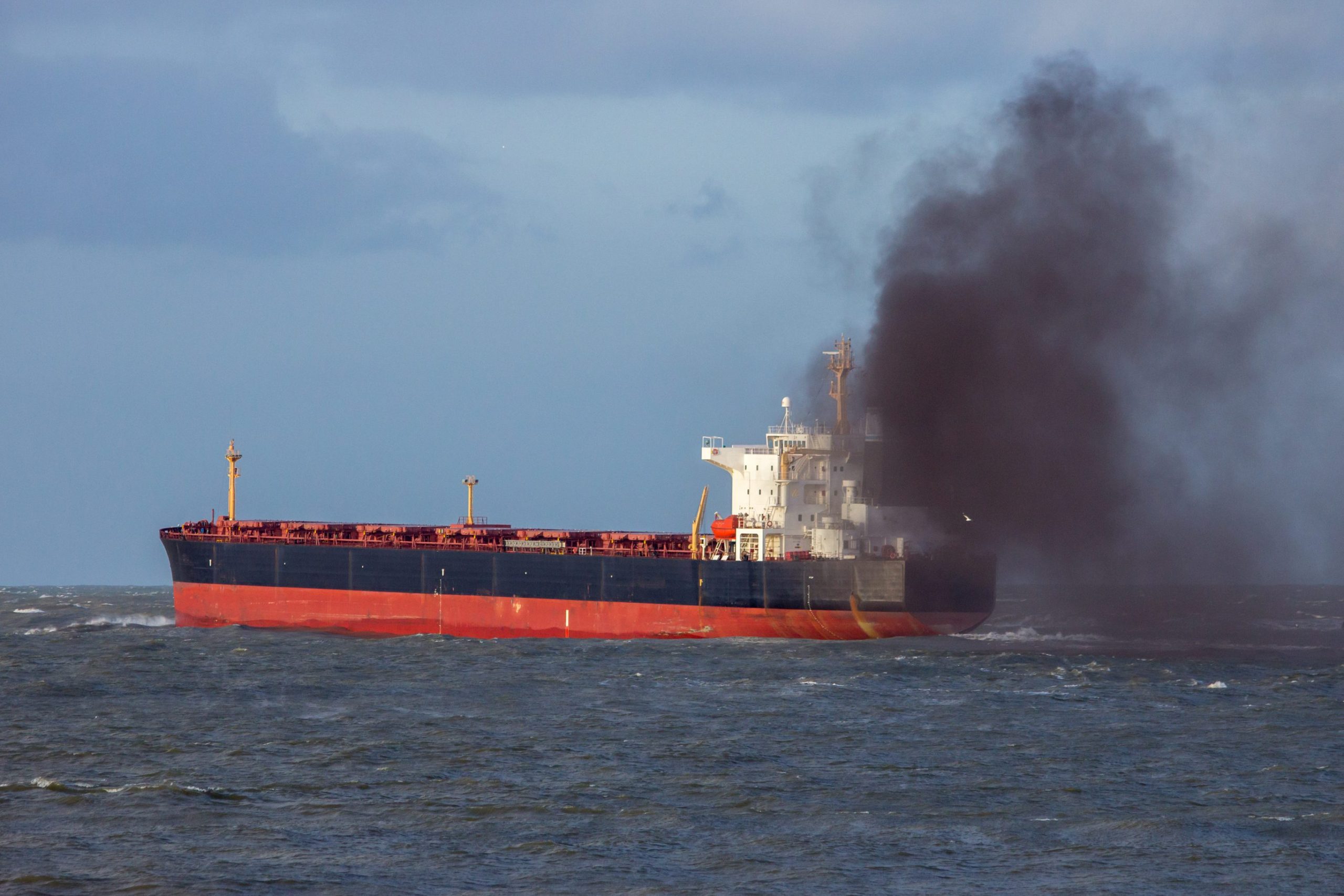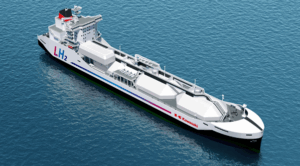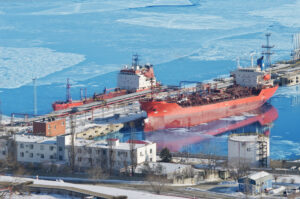Latest analyses of class society DNV shows that decarbonizing shipping could double the cost of transporting goods by containers. These costs will be passed to end-users and shipowners will need to develop and execute strategic fleet management plans in order to remain competitive.
The report emphasises that regardless of which direction the industry’s decarbonization journey takes, it will come at a significant cost. The four simulated scenarios project these cost increases per transport work; with estimates ranging from 69-75% for bulk carriers, 70-86% for tankers, and 91-112% for container vessels.
Meanwhile, the new DNV report finds that technological developments are key to reducing maritime sector emissions.
The in-depth report stresses that, until carbon-neutral fuels become viable, prioritizing the development and use of technologies that reduce energy consumption is crucial for lowering shipping’s emissions.
Reaching shipping’s 2030 decarbonization goal of 20% emission reductions, set by the International Maritime Organization (IMO), will not happen without significant energy savings, according to DNV’s latest Maritime Forecast to 2050.
To meet the IMO’s decarbonization goal, the shipping industry will require between 7 and 48 Mtoe of carbon-neutral fuels. DNV says that with the global cross-sector production of carbon-neutral fuels expected to reach only between 44 and 63 Mtoe by 2030, it will be near impossible for shipping to secure its required share.
With upcoming regulations such as the EU Emissions Trading System (ETS) and FuelEU Maritime introducing additional costs for emissions, shipowners must focus on reducing fuel consumption through all available means.
“Our latest analyses show that decarbonizing shipping could double the cost of transporting goods by containers”, said Eirik Ovrum, principal consultant and lead author of Maritime Forecast to 2050. “Ultimately, the rising costs of seaborne transport will need to be passed down the value chain and the market is already seeing trends towards shifting these costs to end-users. To remain competitive, shipowners must develop and execute strategic fleet management plans.”
The eighth edition of DNV’s Maritime Forecast to 2050 provides an updated outlook on regulations, drivers, technologies and fuels needed for maritime decarbonization, including four scenarios exploring conditions that could accelerate the adoption of specific fuels and technologies by 2050.
According to the report, reducing energy losses is the most straightforward way for the global fleet to cut emissions.
The report suggests that operational and technical energy efficiency measures can reduce fuel consumption by 4 to 16% by 2030. Reducing energy consumption by 16% for the world fleet would save 40 Mt of fuel and 120 MtCO2 emissions, which would be equivalent to operating the 55,000 smallest ships or the 2,500 largest ships with carbon-neutral fuel.
Knut Ørbeck-Nilssen, chief executive officer of DNV Maritime, noted: “While we are currently witnessing a slowdown of decarbonization in shipping, we are entering an era of unprecedented technological exploration that will drive progress forward.
“With carbon-neutral fuels in short supply, smart decision-making and strategic investments today are crucial to lay the foundations for future emissions reductions. Prioritizing energy efficiency, leveraging technological solutions, and embracing digitalization are key steps towards reducing the extra cost burden and achieving our decarbonization goals.”
Meanwhile, the report highlights onboard carbon capture (OCC) as potentially the most effective way to decarbonize as it enables the continued use of conventional fuels and technologies.
However, it notes that CO2 handling infrastructure needs significant development. Solutions like shore power and batteries which can reduce reliance on costly carbon-neutral fuels are also highlighted.
For example, shore power can cut the 7% of total energy consumption that ships use in ports by replacing onboard fossil fuel-generated electricity.
Finally, the report emphasises the increasingly important role digitalization plays in complementing operational and technical energy efficiency measures.
Digital verification tools are also crucial for establishing an infrastructure of trust, fostering industry-wide collaboration, and facilitating new contractual arrangements, incentivising energy savings, according to the report.
“Our new report outlines how digitalization can shed light on vessel performance, providing vital data which shows the impact of energy saving measures. Data-driven decision making can then be used to design the next-generation of energy efficient ships which are key to the sector’s long-term success”, said Ovrum.



